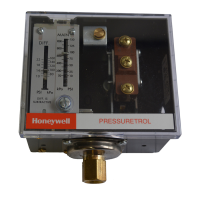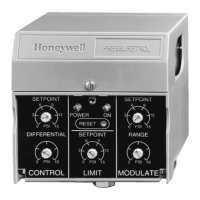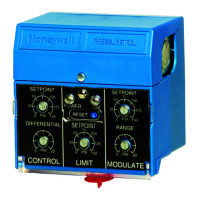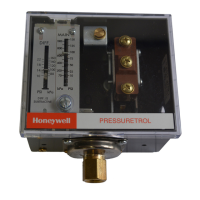PRO3200 Installation
Notices
PRO3200 Installation and Configuration Guide, Document 800-15494 3
UL Warnings
Warning: Wiring methods shall be in accordance with the National Electrical Code
(ANSI/NFPA70):
• All interconnecting devices must be UL Listed.
• Not Evaluated by UL for fire, life safety, or burglary applications.
• Do Not Connect To A Receptacle Controlled By A Switch.
• All interconnecting wire must be UL/ULC Listed, rated and suitable for
the use.
• The battery leads and primary AC main power wiring is non-power
limited. This wiring must be separated from all other wiring by at least
.25" and cannot be installed in the same conduit as any other power
limited wiring.
• Replacement 3 volt lithium coin cell must be one of the following:
– Rayovac: BR2325 or BR2335-B
• The system must be configured to activate an alarm or trouble signal.
Failure to do so will not allow the access function to operate in the event
of a tamper.
1.2 Damage During Shipment
Caution: IF ANY DAMAGE TO THE SHIPMENT IS NOTICED, A CLAIM MUST
BE FILED WITH THE COMMERCIAL CARRIER RESPONSIBLE FOR THE
DAMAGE.
1.3 Electro Static Discharge
Caution: Electro-static discharge (ESD) can damage CMOS integrated circuits and
modules.
To prevent damage always follow these procedures:
• Use static shield packaging and containers to transport all electronic
components, including completed reader assemblies.
• Handle all ESD sensitive components at an approved static-controlled
workstation. These workstations consist of a desk mat, floor mat and an ESD
wrist strap. Workstations are available from various vendors.
Note: This equipment has been tested and found to comply with the limits for a Class
A digital device, pursuant to part 15 of the FCC Rules. These limits are designed to
provide reasonable protection against harmful interference when the equipment is
operated in a commercial environment.This equipment generates, uses, and can radiate
radio frequency energy and, if not installed and used in accordance with the
installation and user guides, may cause harmful interference to radio communications.
Operation of this equipment in a residential area is likely to cause harmful interference
in which case the user will be required to correct the interference at his own expense.

